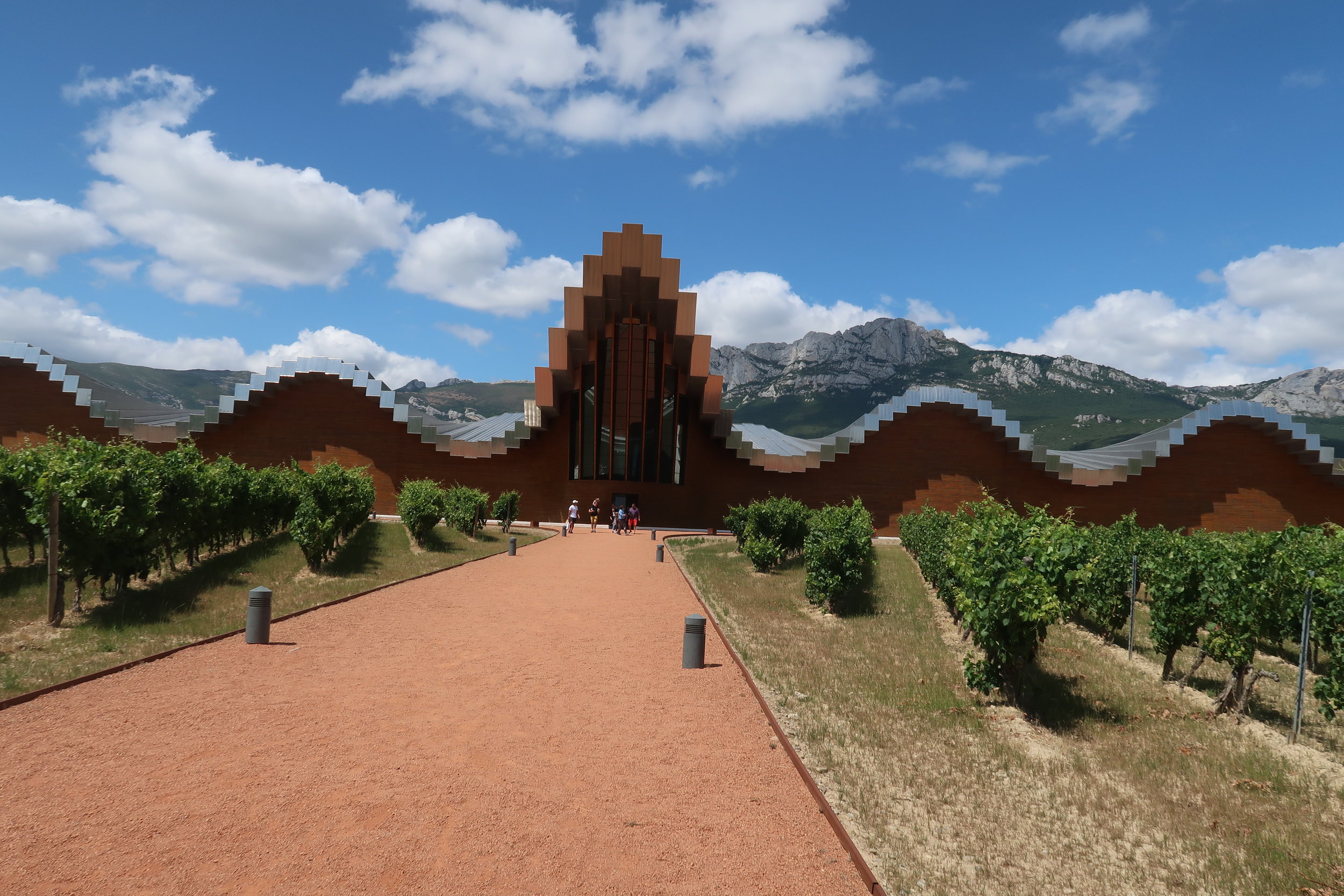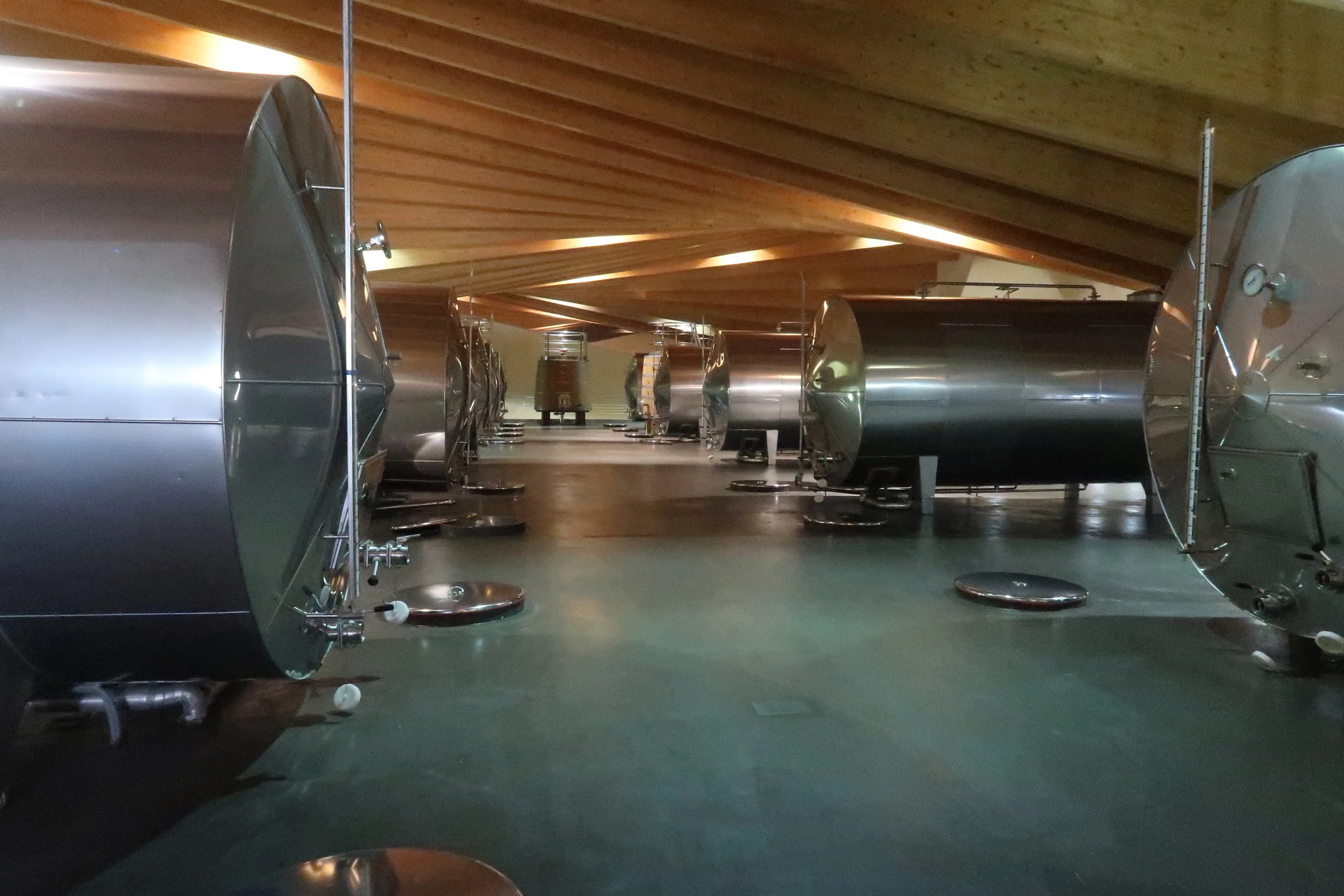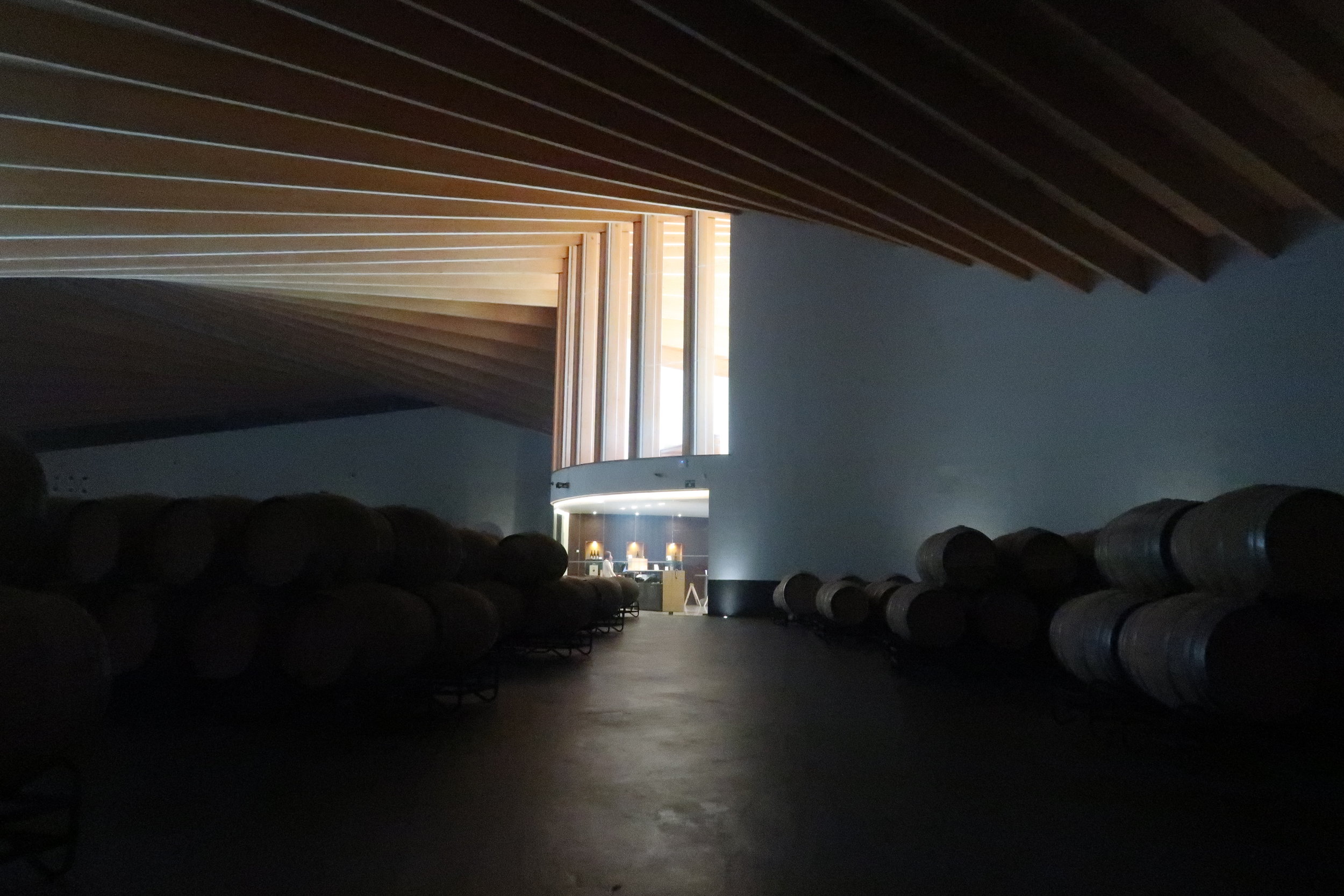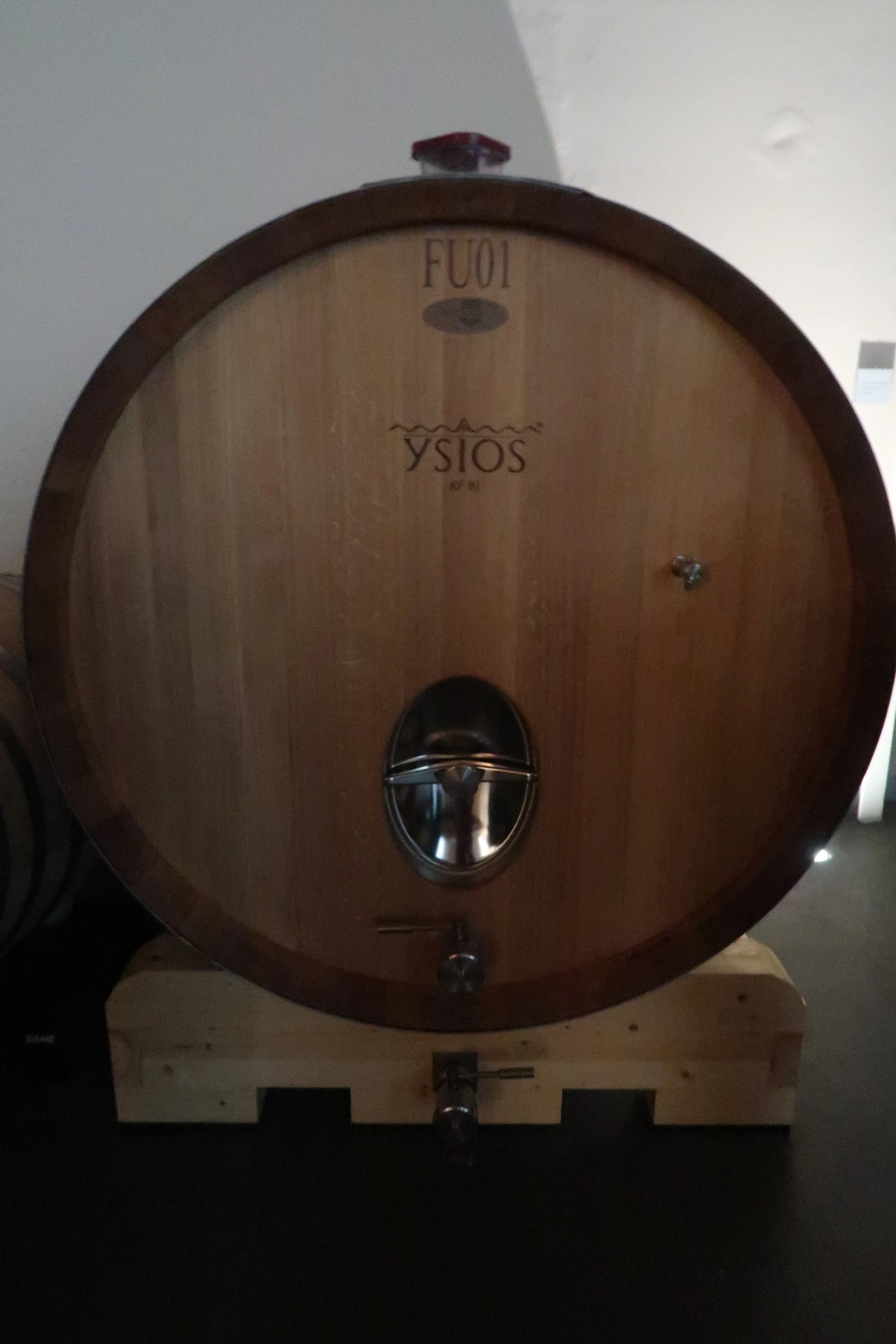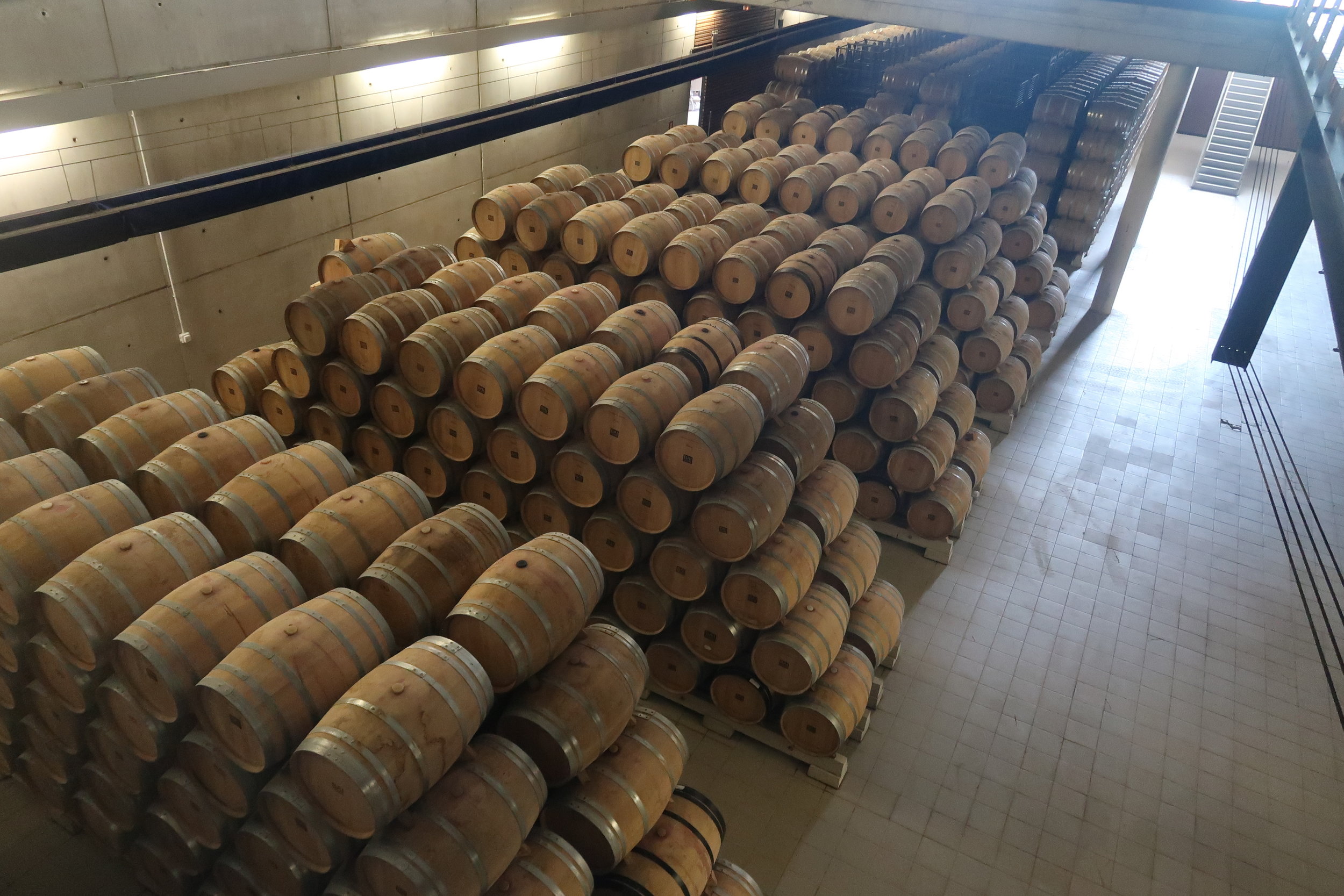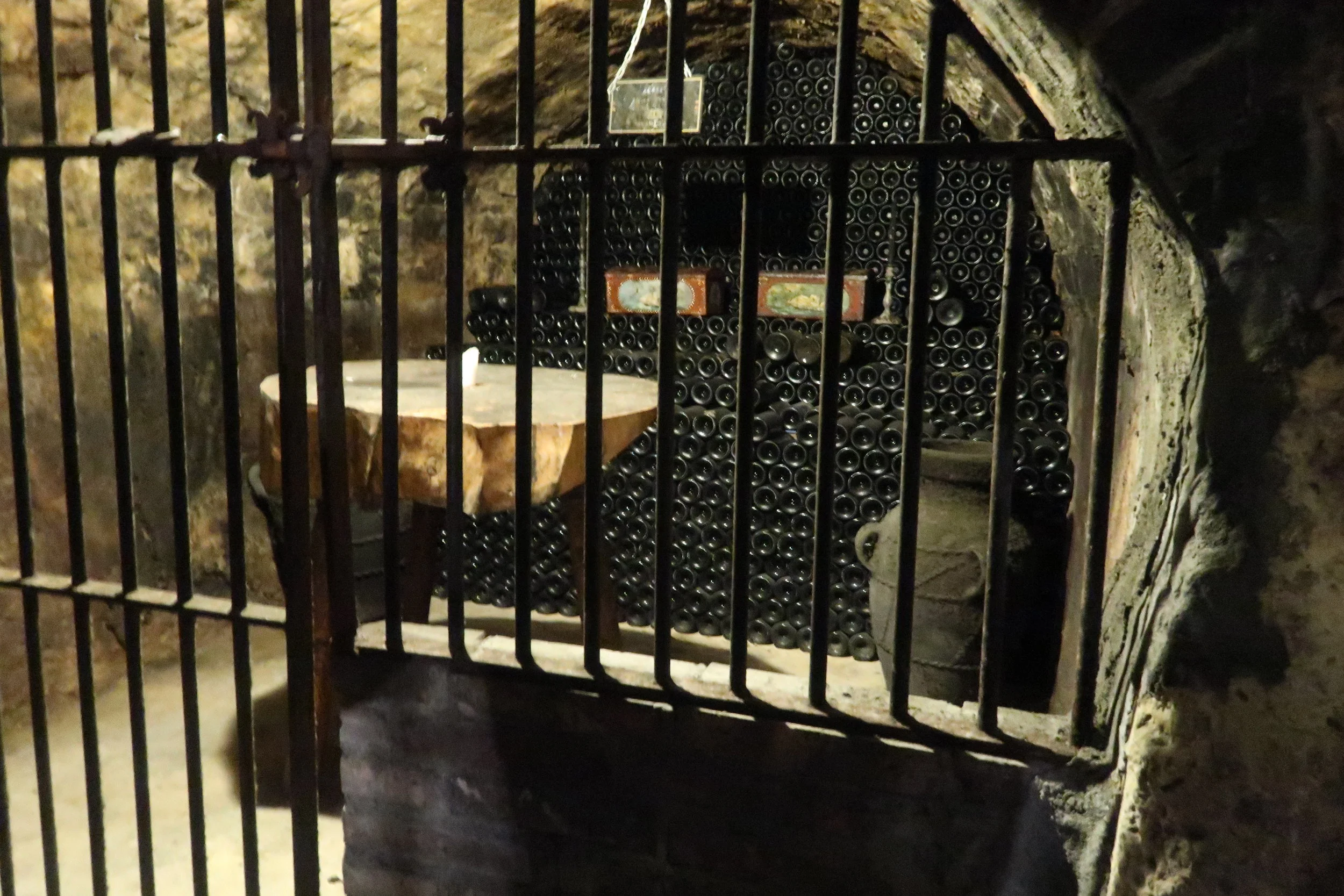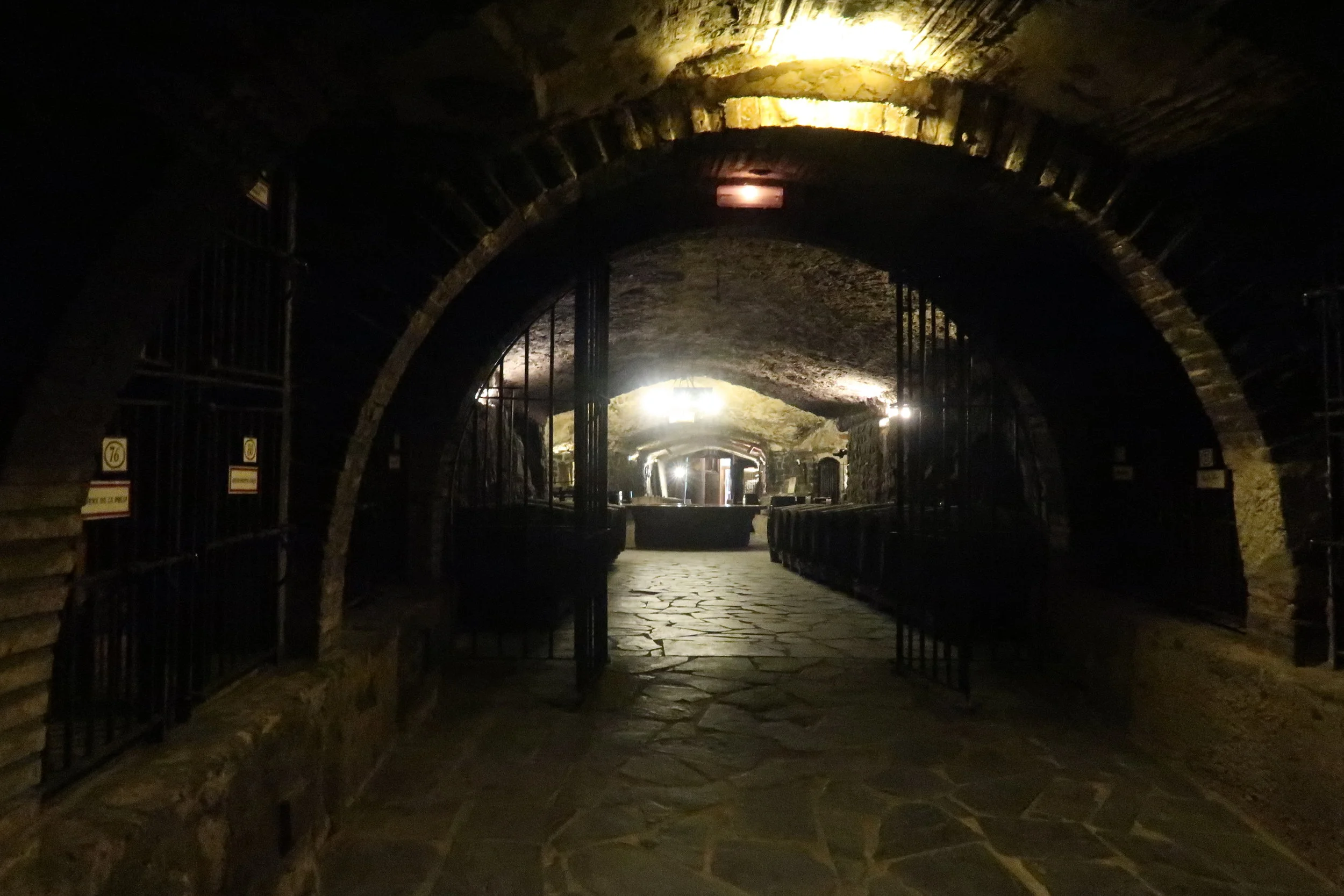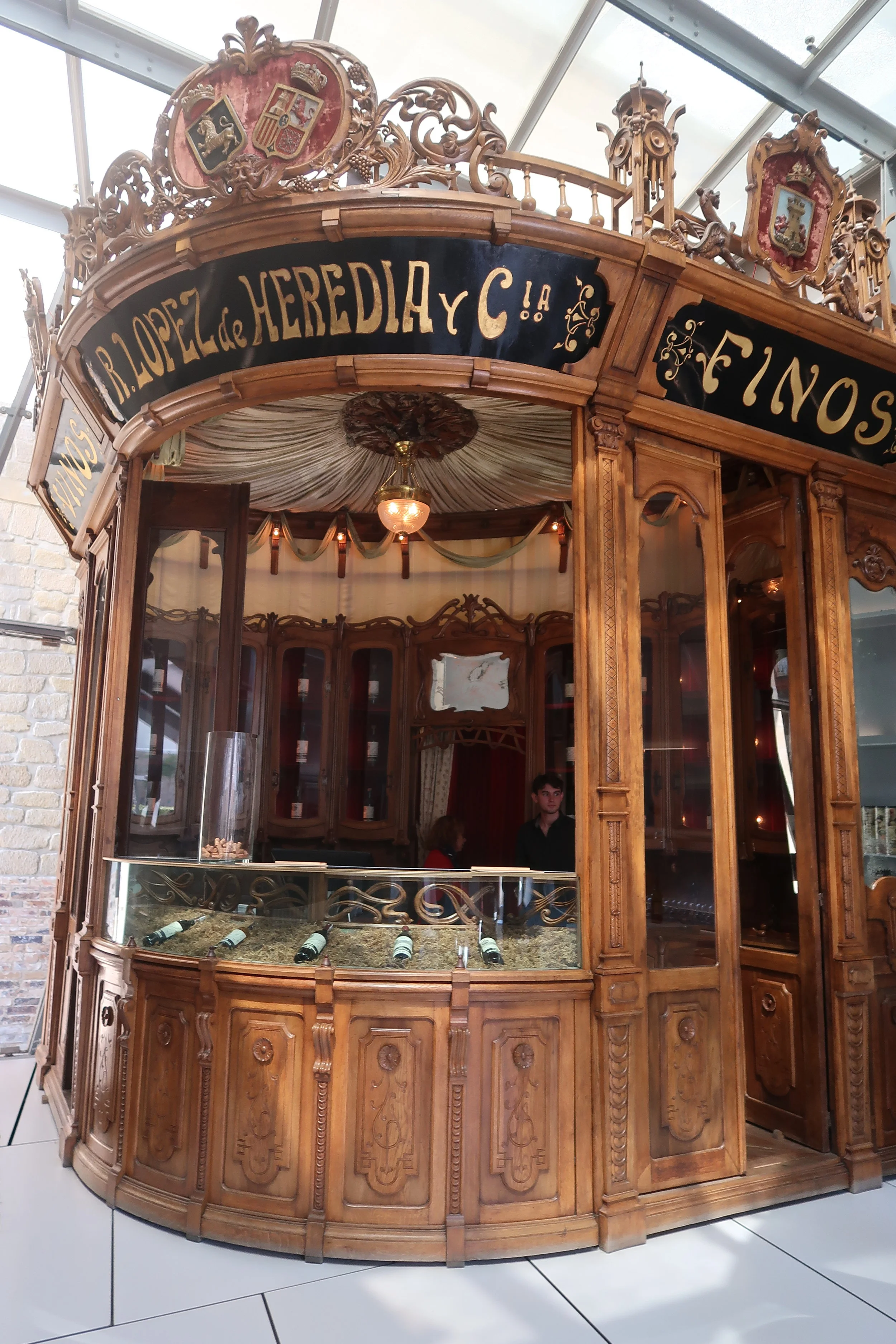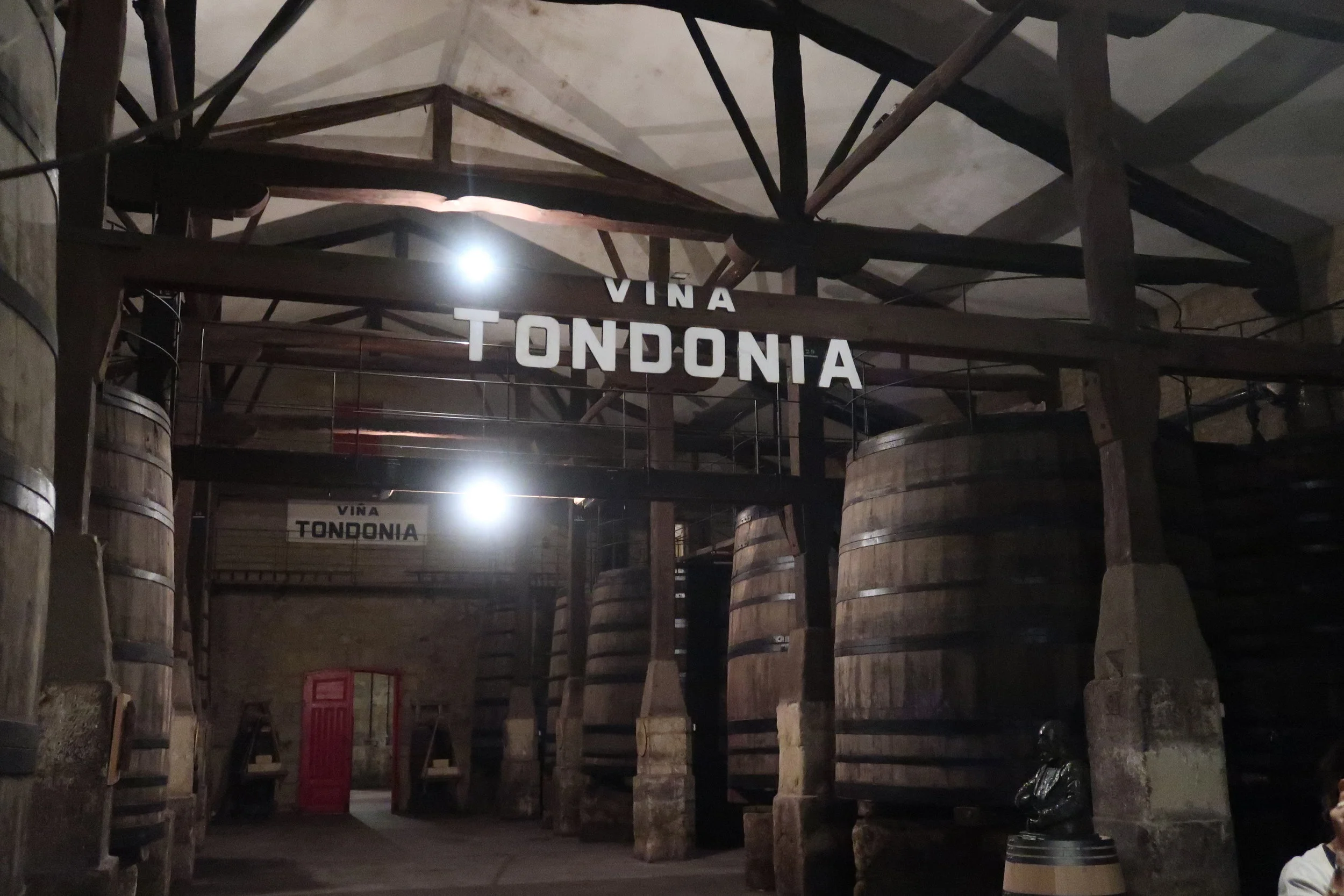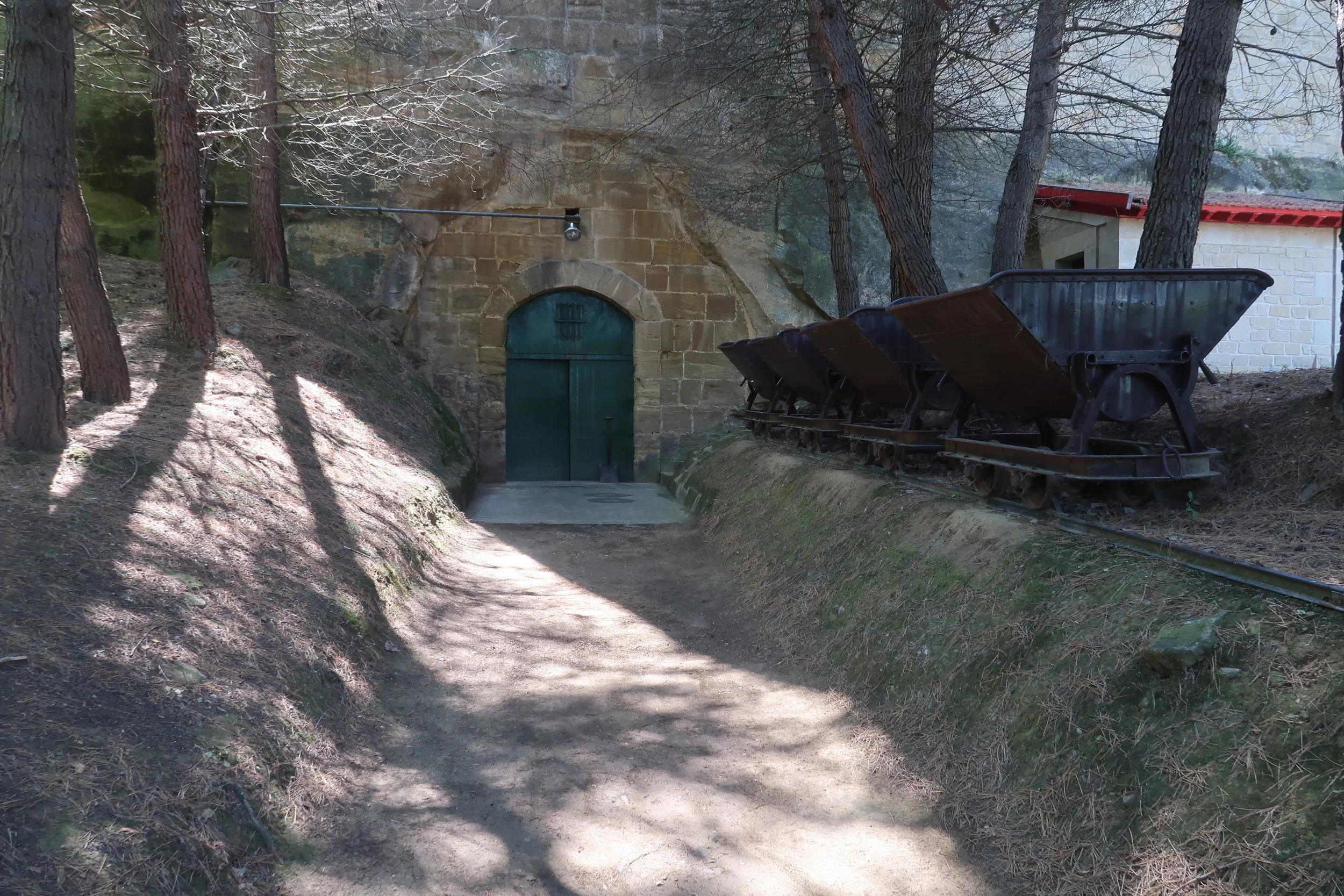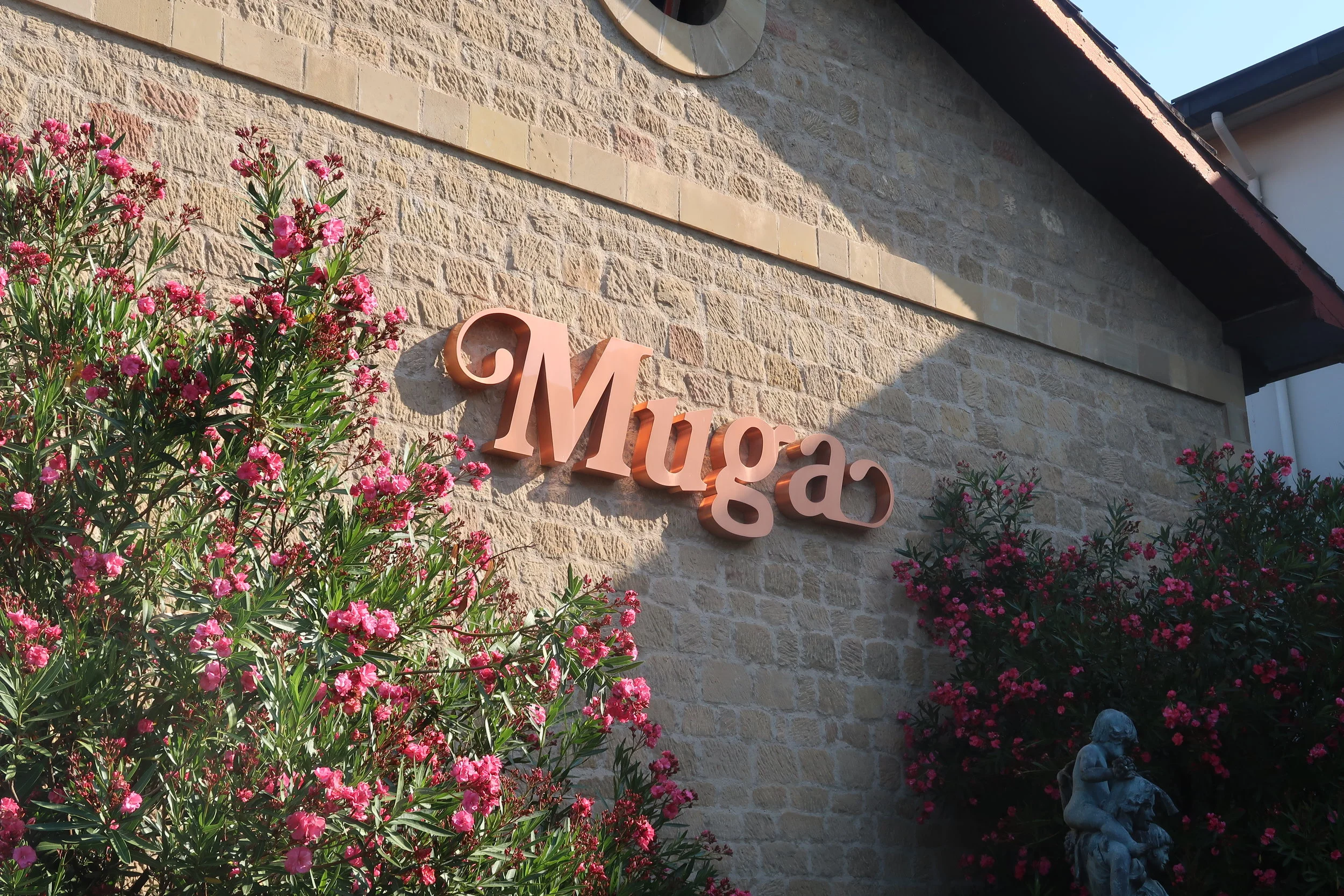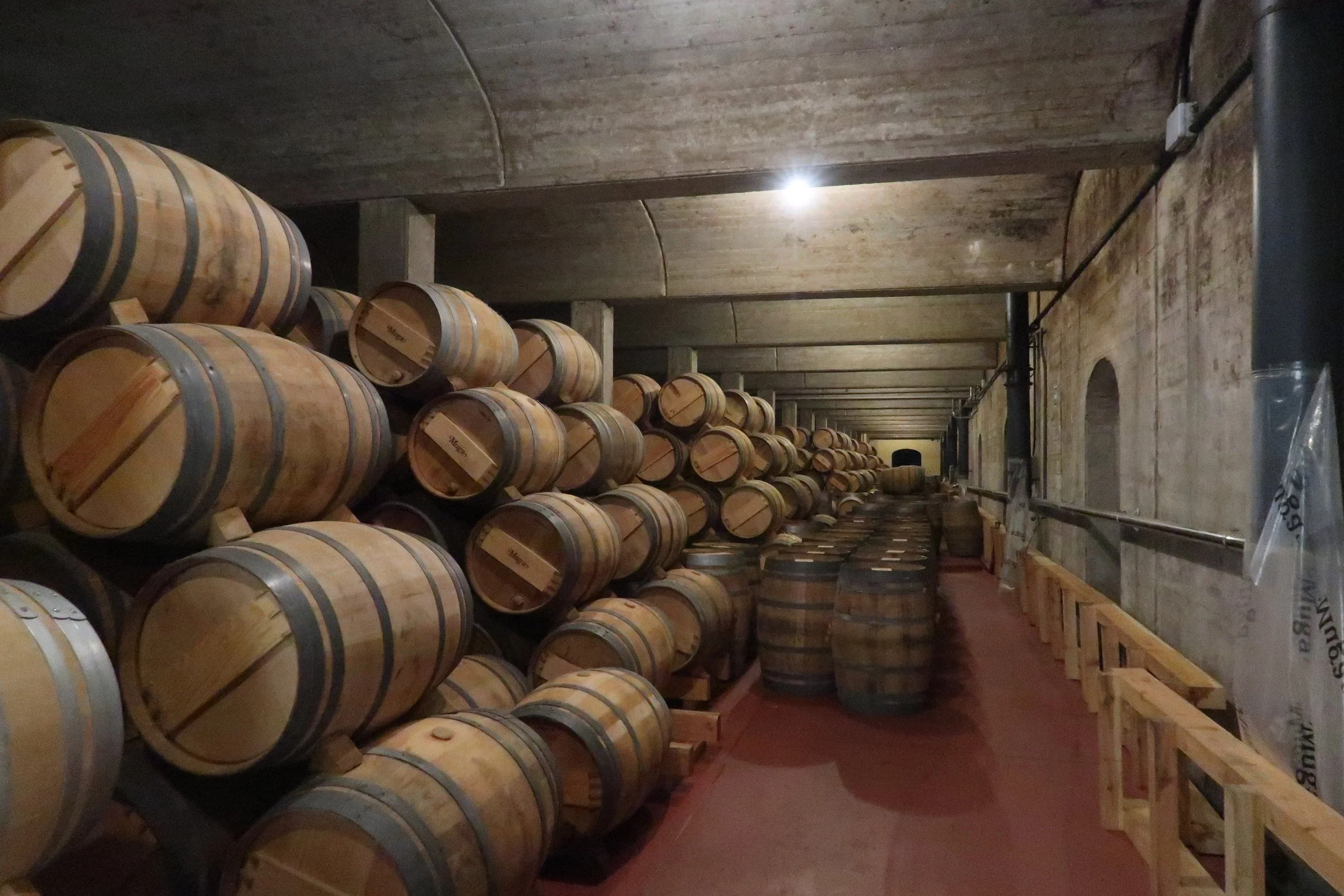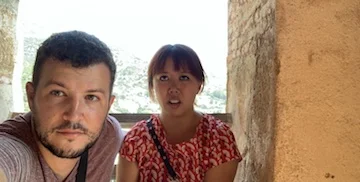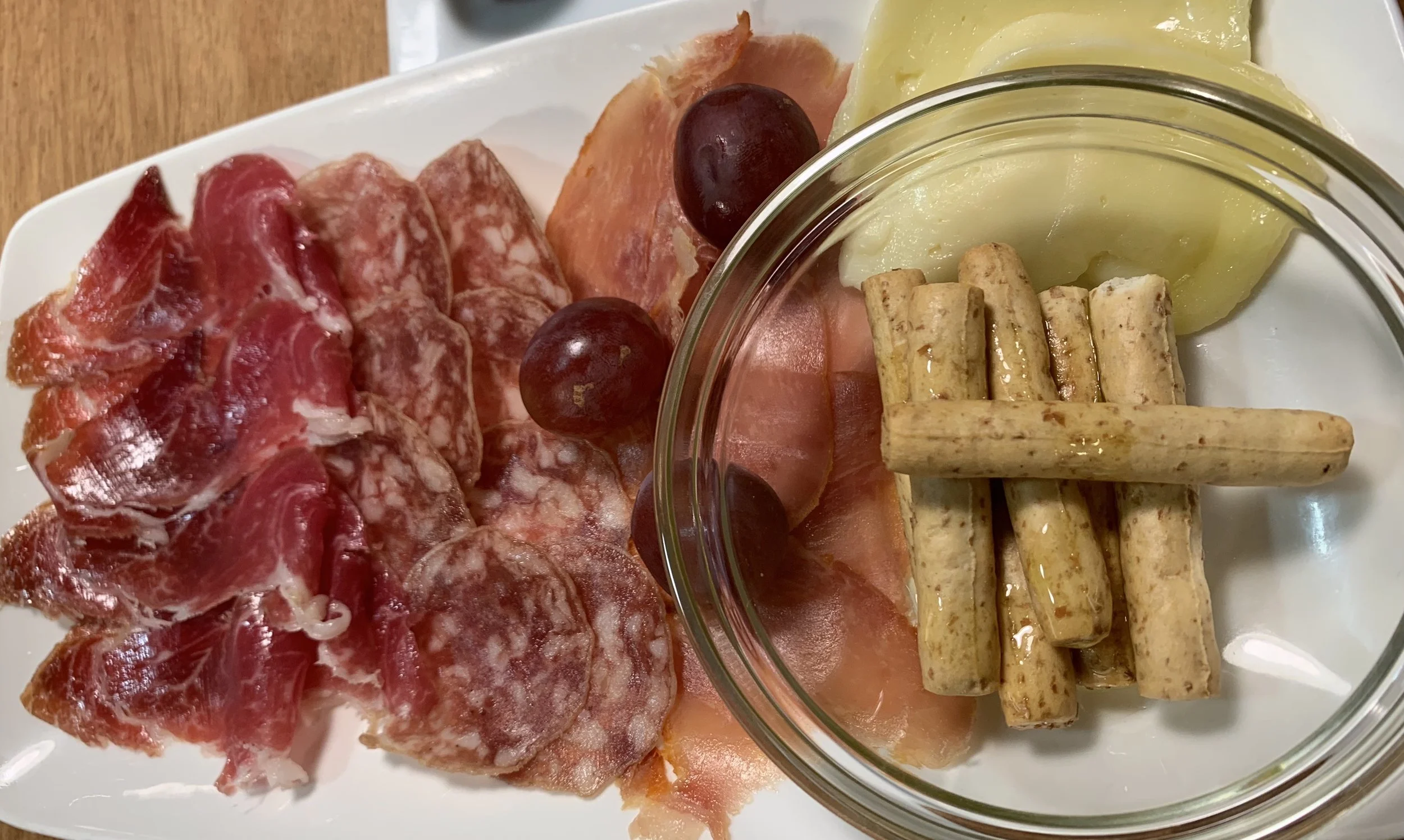They Drink... La Rioja Region
La Rioja region is in Northern Spain and considered the biggest and best wine destination in the country. We spent 10 days here and visited 7 vineyards, each one unique in their own special way.
Fun Facts on Viticulture in La Rioja:
For my fellow wine newbies, viticulture is the cultivation of grapes especially for making wines.
Wine making began in La Rioja when the phylloxera epidemic in the late 19th century destroyed almost all of the French vineyards. La Rioja region’s soil and climate are similar to France and so French investors came to cultivate the soil, produce wine, and bring back to France after the fermentation stage.
The micro-climate in La Rioja is what helps make the wine so amazing. The surrounding mountains protect the vineyards from the cold, windy winter. There is the weather coming from Catalunya in Eastern Spain but also influences from the Basque Country weather. The wine is impacted by whichever weather dominates.
Harvest happens between 15 Sept - 15 Nov. This is the best time to visit so you can see it all happen. Some wineries (e.g. Eguren Ugarte’s factory) are set-up so tourists can walk through all of the action). The majority hire workers to help out (this includes tourists!). If you want to stomp grapes though, this isn’t done in La Rioja anymore - you need to venture into Portugal’s Douro Valley for that.
As soon as the grapes are brought in from the fields, the stems are removed using a machine (minimal damage to the grape and the skin). Stems have a high concentration of bitter tannins so they need to be removed before any fermentation begins.
A second machine is used after destemming to automatically separate good grapes from the bad. We watched a video where there is wind blowing at the grapes and those which have the right level of density will get sorted passed, while those that do not drop down into a separate area. Those that drop down are not used for making the Rioja wines and instead are sold to Orujo (Spanish brandy) producers.
While the wine is aging in the large vat barrel, they still do need to be taken out several times of year so the barrels can be cleaned. Sediments can clog up the barrel’s pores and stop oxidation. This cleaning process is called racking. A great method called flocculation is used to clean out the sediments. Egg whites (500 eggs used per large vat barrel) are put into the barrel which push the sediments down and out of the barrel before the wine liquid itself.
The type of barrels used are very critical and decisions are made on whether to use American Oak, French Oak, or even at one vineyard, Hungarian Oak is being experimented. Different oaks have different pore sizes impacting the oxidation and aging process.
However long the grapes are aged in the barrel, they must spend the same time at minimum inside the bottle (e.g. 2 years in barrel then at least 2 years in the bottle before it is sold on the market). So just imagine, a Gran Reserva is aged for a total of 5 years (at least two years in barrel and two years in bottle). To drink a 2015 wine (the last great year in Rioja), you still have to wait till 2020!
If you want to learn more about the types of Rioja wines, check out this website which gives a much better explanation than a wine newbie like myself: https://winefolly.com/review/rioja-wine-gets-a-new-classification-system/
The Vineyards We Visited
Firstly, I want to explain that these vineyards are by no means the best of those in La Rioja. There are over 600 vineyards and it is impossible to go to all of them. I want to give credit to Savored Journeys as their article about top vineyards is basically what inspired our planning. We tried to pick the ones that are most interesting to visit in terms of architecture, years in existence, etc.
Many people go to La Rioja and try to power through 2-3 vineyards a day in a total of three days. This is not how we did it. We went to one vineyard each day and spent at least 2.5 hours there (tours are usually 90-120 minutes). We really liked this approach. We were able to enjoy the wines, digest the information, and explore the vineyards themselves afterwards.
It takes quite a bit of planning because most, if not all, vineyards require you to make an advanced booking. This is either through online booking, e-mail, or even calling. There was one day where we were sitting on a tram in Poland and used Skype to confirm three wine visits because e-mail was not getting us anywhere. Be patient as it is totally worth it! Now I will talk about the vineyards in the order we visited them:
This vineyard was founded in 1858, but that’s not why it is famous. The hotel onsite was designed by Frank Gehry and its contemporary modern design really contrasts with the history of this vineyard. The wines are well priced and easy to drink. They are also one of the easiest Riojan wines to buy abroad. I discovered that Flying Winemaker distributes for them back in Hong Kong. One of my personal highlights on the tour was a video they played explaining the entire wine production process. It was great as our first stop since we had zero knowledge at this point. We came back to this vineyard the next night for dinner at their one Michelin star restaurant. The wine pairing and food was fantastic, giving us an even deeper opportunity to try their wines and the wines they recommend from other producers.
2. Tentenublo
You will not find any information about this vineyard and Roberto who is the founder/ owner doesn’t usually conduct tours. We were incredibly fortunate to have been referred by a friend who runs Brut! in HK. Roberto produces only 50,000 bottles per year (vs others considered mid-range and produce 500k). Him and his wife plus one more make this all happen. We tried at least five different wines, but the one to look out for is Custero. It is his first year producing this wine and it will be bottled soon.
To protect his privacy, Roberto’s eyes are blacked out like he does on his own site.
3. Ysios
A young winery founded in 2001 that only produces Reserva (Reds are aged min 1 year in barrel and 6 months in bottle). One unique bottle is the Grano a Grano, where all grapes were manually picked and destemmed, then crushed by the children of these same employees. Upon mentioning this to a friend, she said, “if it were my kids, you better hope the feet were washed properly!”
Post lunch and wine photo overlooking the stairs of all 7 levels.
4. Baigorri
We came to Baigorri because we had heard the lunch here is amazing (and it was), but we were more fascinated by the building itself. Of particular luck during our time here is the fire alarm went off during lunch, allowing us the opportunity to walk the vineyard grounds which were not part of the tour. Digging was done to create the seven levels and because of this, no air conditioning is required. A natural temperature of 12-15 Celsius with high humidity exists making it perfect for the production and aging of wines. Baigorri is experimenting with Hungarian oak as it has tight, small pores allowing aging to happen slowly (similar to French Oak). The specialty here is aged red wines (at least 14 months), so make sure to try and find their Reserva and Gran Reservas.
This vineyard was completely different from the first four we visited. Founded in 1870, it has always been owned by the Eguren family. Majority of the tour was exploring the “nichos”: places in the cellar where customers store their wine at optimal conditions. They can either pick it up to take home when they want or even better, sit in the cave (called a ‘txoko’) to drink it (and even have lunch!). Our favorite wine here is the Maceracion Carbonica, a young wine where the maturation of grapes happens whole and all at the same time. This style of wine making is only done in La Rioja and Bourdeaux. As it is a young wine, it should be drank before the next harvest (so 2018 should be finished now).
The original wood store which has been maintained and now kept inside the new modernized building built like a carafe.
6. R. López de Heredia
By the sixth vineyard visit, we didn’t believe it was possible to be surprised anymore. We had honed in our viticulture knowledge and could spot inconsistent information. But R. Lopez was no exception to the rest: unique in its own incredible way.
At this vineyard, we discovered a natural ecosystem in the cave where the barrels are kept. White fungus develops naturally, helping to control the humidity of the room and maintaining a constant temperature. Spiderwebs are left alone as well - they eat the insects which could impact the wine.
They also have their own “cooper” - a barrel maker who makes all the small barrels used to age the wines. All the wines here are aged between 3- 10 years, so even the Classic Rioja could be considered like a Gran Reserva.
7. Muga
Our final vineyard visit was also family-owned at a place where you can also arrange for hot air balloon rides (expensive as you would expect so we didn’t go for it). They also have their own cooperage to make the barrels. On the day of our visit, they had just installed beautiful glass-stained windows in the very, very large room where the barrels are stored.











